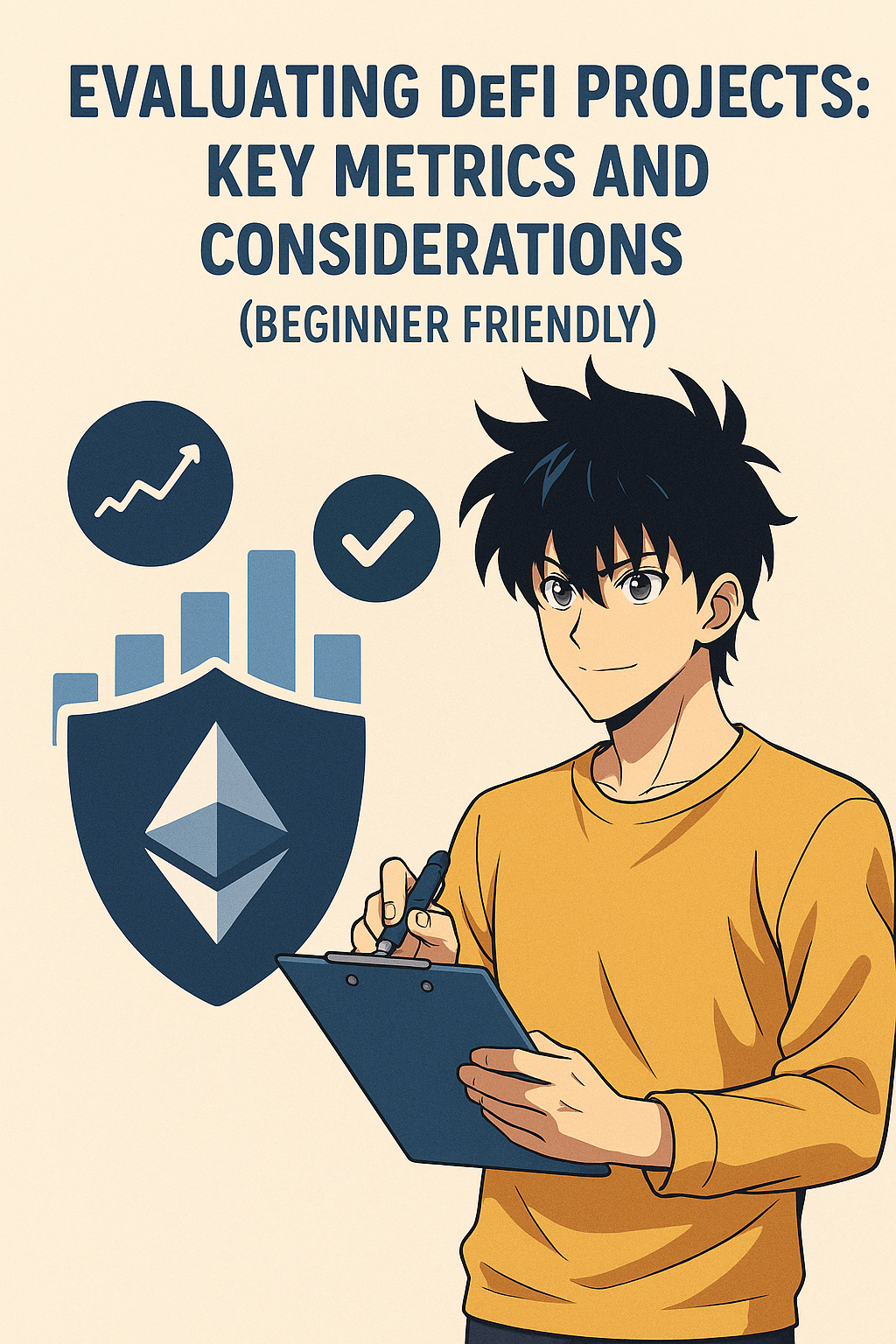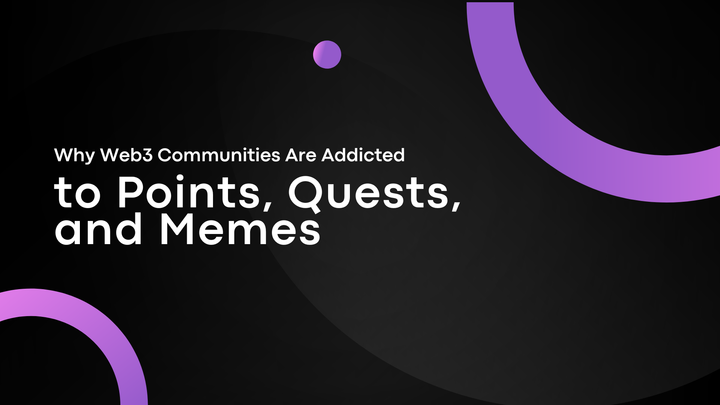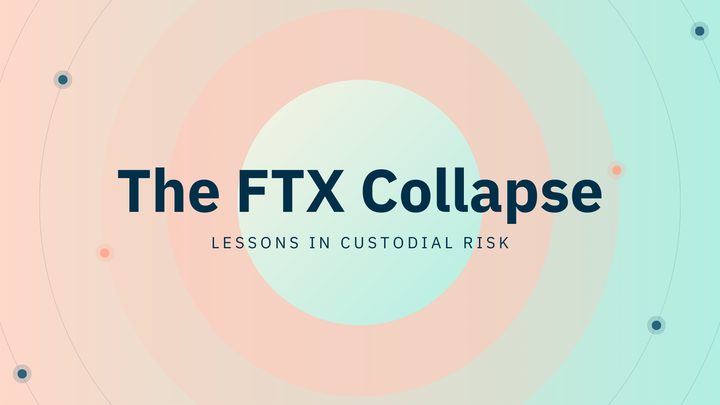Evaluating DeFi Projects: Key Metrics and Considerations (Beginner Friendly)

Decentralized Finance, or DeFi, has taken the world by storm, offering new ways to handle money without traditional banks or middlemen. Imagine lending, borrowing, or trading directly with others using blockchain technology, pretty cool, right? But with so many DeFi projects popping up, how do you know which ones are even worth your time and money?
Understanding DeFi
DeFi stands for Decentralized Finance, which means financial services built on blockchain networks like Ethereum. These services use smart contracts that automates them. Think of smart contracts as automatic, trustworthy agreements written as codes, to let you do things how you like. Things like;
- Lend or borrow money
- Trade assets
- Earn interest
Unlike traditional banks, DeFi is open to anyone with an internet connection, and it’s transparent because everything happens on the blockchain, (a public ledger everyone can see).
With hundreds of DeFi protocols out there, What's the need for Evaluation?
not all defi protocols are safe or reliable. Some might be risky, poorly built, or even scams. evaluating them helps you:
- Protect Your Money
- Find Good Opportunities (projects with real potential)
- Support DeFi Growth by backing projects that make the space better.

Key Metrics You Should Look For While Evaluating a Project
Numbers tell the story, when you’re sizing up a DeFi project, looking for these numbers are like looking for the vital signs of a project’s health.
1. Total Value Locked (TVL): TVL is the total amount of money (in dollars or crypto) that users have “locked” into a project’s smart contracts. It’s like the amount of cash people trust the project to hold.
why does itt matters: a high TVL suggests lots of people trust the project and are using it. It’s a sign of popularity.
- High TVL: More money locked in usually means more confidence.
- Trending TVL: Is the TVL growing over time? If it's increasing it's a good sign. If it’s dropping, it might mean people are losing interest or trust.
Beginner Tip: You can usually check TVL on sites like DeFi Pulse or DefiLlama. For example, if a project has $500 million in TVL and it’s been climbing, that’s a green flag.
2. Tokenomics: Tokenomics is a fancy word for how a project’s token (its own cryptocurrency) works. It includes
- How many tokens exist? (supply)
- What can you do with them? (utility)
- How are they given out? (distribution)
why does it matter?: Good tokenomics keeps the project running smoothly and rewards users.
- Utility: can you use the token for something useful, like voting on decisions (governance), as gas, getting discounts, or earning rewards for using or staking them?
- Supply: Is there a limited amount (fixed supply), or does it keep growing (inflationary)? A limited supply might make it more valuable over time.
- Fairness: Were tokens given out fairly, or do a few people hold most of them?
Beginner Tip: For example, if a token lets you vote on project changes and earn a share of fees, that’s a solid use case. usually, you would find these details on the project’s website or whitepaper (their official plan).
3. Governance: Governance is how decisions are made in a project. In DeFi, token holders often vote on things like new features or fee changes.
why does it matter: good governance means the project can stay fair, with the community having a say.
- Decentralization: votes spread out among many people, or do a few “whales” (big token holders) control everything?
- Transparency: clear decisions & idea suggestions
4. Security Audits: security audit involves experts checkng a project’s smart contracts for bugs or weaknesses that hackers could exploit.
why does it matter: DeFi projects hold real money, and hacks can cost users millions, making security a must.
Beginner Tip: always check project’s website or blog for audit reports. If they’ve never been audited, steer clear.

Beyond the numbers, metrics are important, but there’s more to a project metrics than just data. These factors give you a fuller picture.
1. Team and Community
- The Team: The people building the project, usually experienced in blockchain or finance
- The Community are users excited and active on platforms like x, discord, or telegram.
A skilled team and lively community shows that a project has real people behind it.
2. Roadmap and Development
A roadmap is basically the project’s plan for the future, like a to-do list with dates. A good roadmap shows the team knows where they’re going, and active development means they’re working hard towards the mission.
3. User Experience (UX) etc.
Putting It All Together: Your Evaluation Checklist on how to evaluate any DeFi project:
- Check TVL: Is it high and growing?
- Study Tokenomics: Does the token make sense and have a purpose?
- Look at Governance: Is it fair and open?
- Verify Security: Audits and bug bounties in place?
- Research Team and Community: Experienced team, active users?
- Review Roadmap: Clear goals with progress?
- Test User Experience: Easy to use with support?
Usually, most projects don't tick all of these boxes, but find out if it ticks a majority of them.
Conclusion
Navigating DeFi is an exciting world full of possibilities, but it is not without its risks, by using these key metrics; TVL, tokenomics, governance, and security and considering the team, roadmap, and user experience, you can pick projects that are safe and more promising and always do your own research (DYOR, as the crypto folks say). As DeFi keeps growing, staying curious while being cautious will help you thrive.
About Mitosis
X
Docs
Discord
Mitosis App



Comments ()